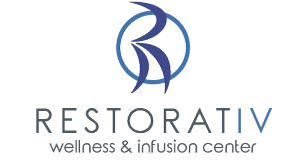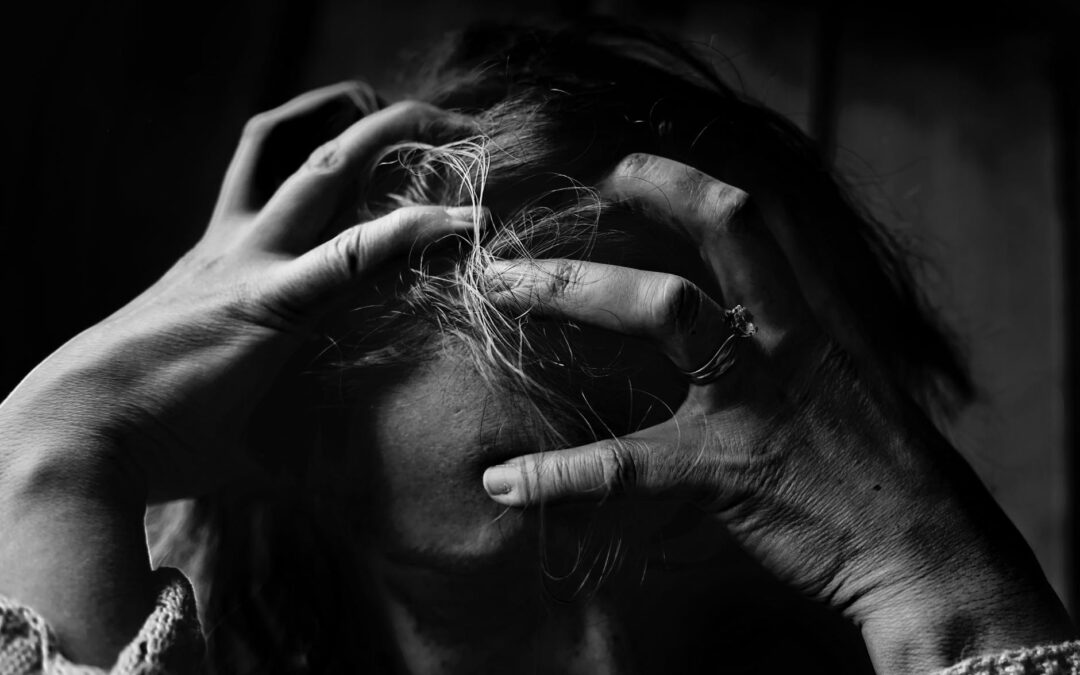More than 7.7 million people suffer from the crippling symptoms of PTSD in the United States. Those who suffer with it come from all walks of life; they are in the military, are first responders, librarians, doctors, students and more. They are forced to relive powerful negative experiences that trap them in a vicious–and often dangerous–cycle that may be impossible to escape.
In the military, more than 14% of veterans reported suffering from some form of PTSD. According to ABC’s article “Military veterans with PTSD turn to yoga and meditation”, those suffering often seek out treatment, but only some find relief soon enough. When traditional treatment methods do not work, many desperately seek out alternatives. One such alternative that worked for Wing Commander Dyce-McGowan was yoga and meditation. He reports that, unlike other treatments, yoga and meditation have helped him become more self-aware, and understand why he was reacting to things in painful and destructive ways. In his case, it slowed life down and made his symptoms manageable.
While yoga and meditation may provide relief for some, it may not for others. Those still suffering may also try any or all of the following:
- Therapy & Counseling – Cognitive Behavior Therapy (CBT) teaches the individual to rationalize their problems, break them up into small manageable pieces, and helps to identify thought patterns that affect behaviors and self-perception.
- Desensitization & Exposure to Fears
- Prolonged Exposure (PE) – Teaches the individual to discuss, face and recall traumatic events, in detail, to regain control over upsetting thoughts, physical reactions and feelings about the trauma.
- Cognitive Restructuring – Teaches the individual make sense of the bad memories.
- Eye Movement Desensitization & Reprocessing (EMDR) – Teaches the individual to focus their mind on a physical object or sensation while discussing a specific trauma.
- Social & Family Support – Teaches the individual to respond to fear without aggression, and how to avoid shutting others out when in need.
- Self Care & Stress Management – By applying these four rules, an individual with improve their chances of overcoming the disease.
- Engaging in regular, mild, physical activity.
- Getting adequate sleep.
- Setting realistic goals.
- Learning about the condition.
While this list offers alternatives, it is not exhaustive. It may not be enough for those who suffer from a severe case of PTSD. In that case, advanced medical intervention like Psychotherapy, medications, and ketamine infusion therapy might be necessary.
Ketamine infusion therapy has grown in popularity over the last decade, due to the fast-acting relief it provides through the glutamate system. Nearly 70% of patients that try Ketamine find it effective in providing them with relief where other treatments did not.
Contact RestoratIV Wellness
If you or someone you know is suffering from PTSD, reach out today, and schedule a free consultation. Our ketamine clinic services patients in southern New Jersey and the greater Philadelphia area, treating psychiatric and chronic pain conditions through ketamine infusion therapy. Ketamine treatments could change—or save—your life. Contact us today.


Recent Comments